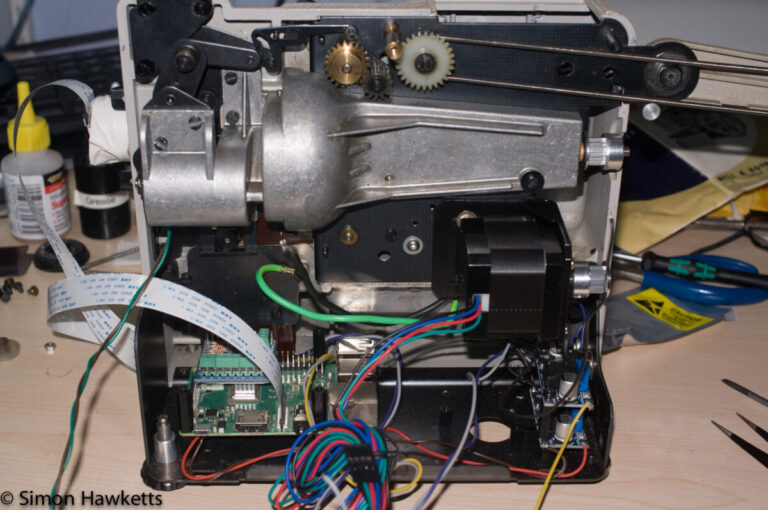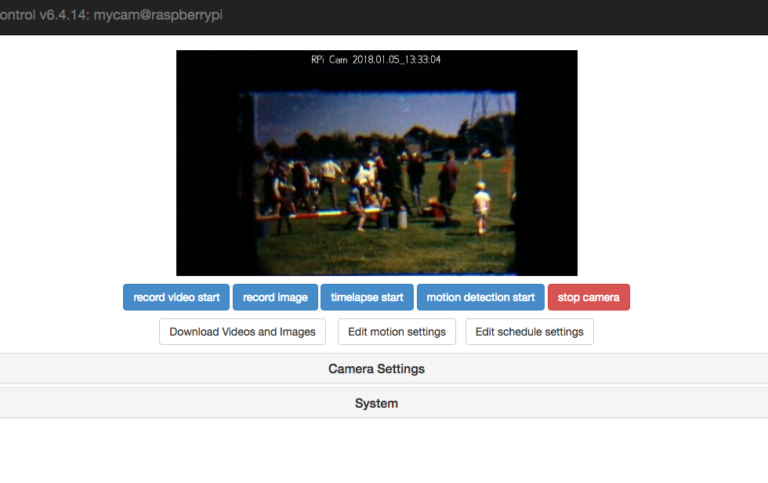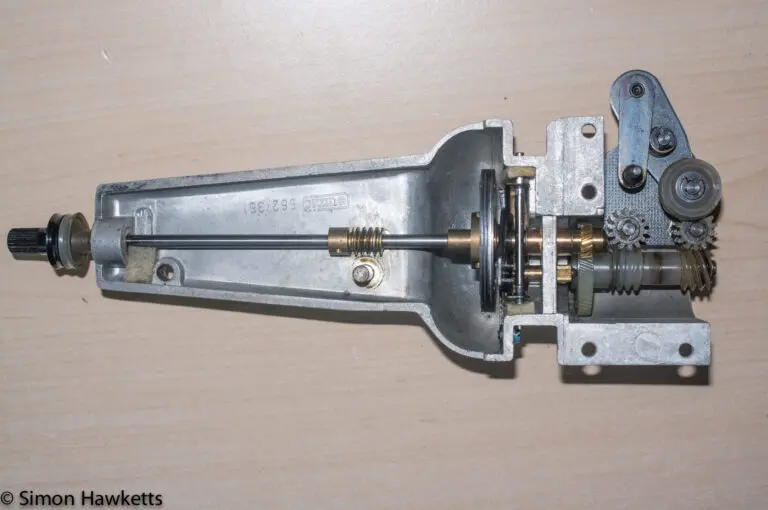An idea for an 8mm telecine machine
An idea I had to convert an old 8mm film editor into a telecine machine.
A few weeks ago I wrote a post about my interest in collecting vintage 8mm home movies and how I had purchased a Eumig P8 Dual movie projector to enable me to view them. That actually worked reasonably well and after a few adjustments to the projector I’ve viewed several interesting old movies.
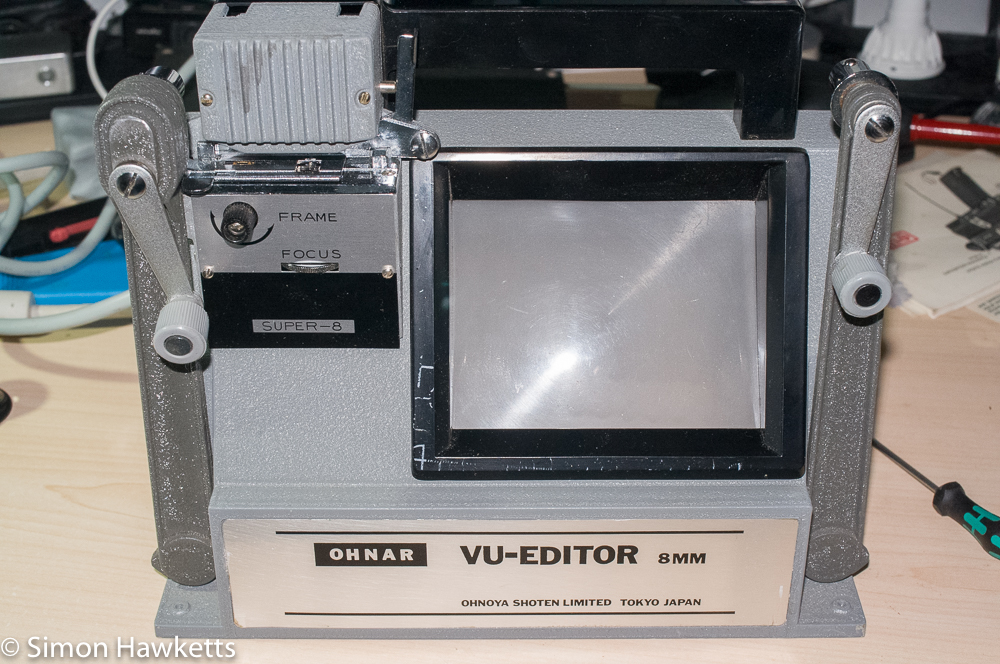
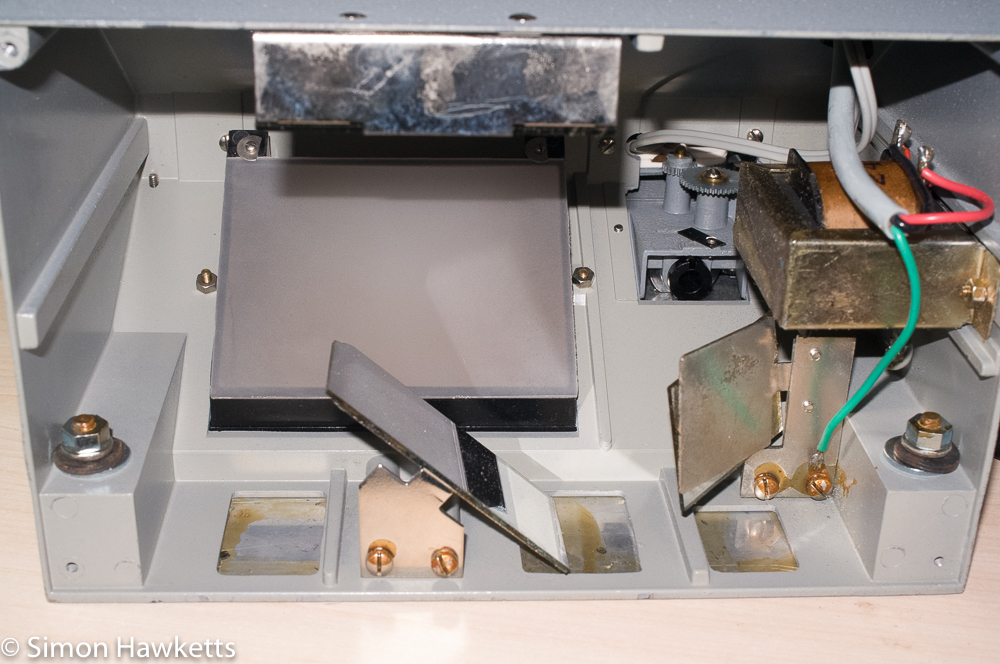
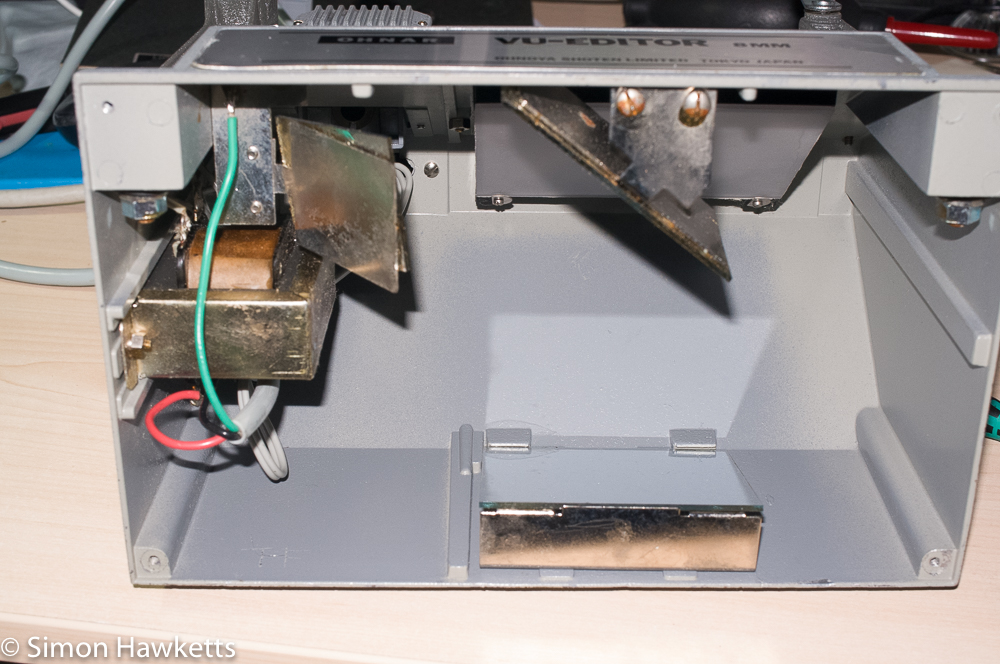


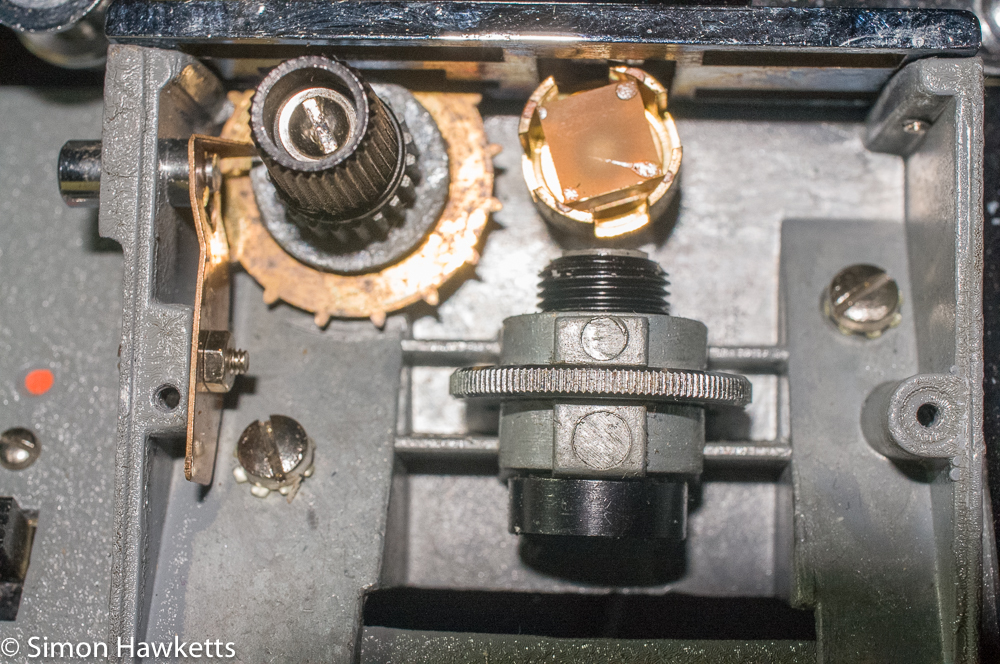
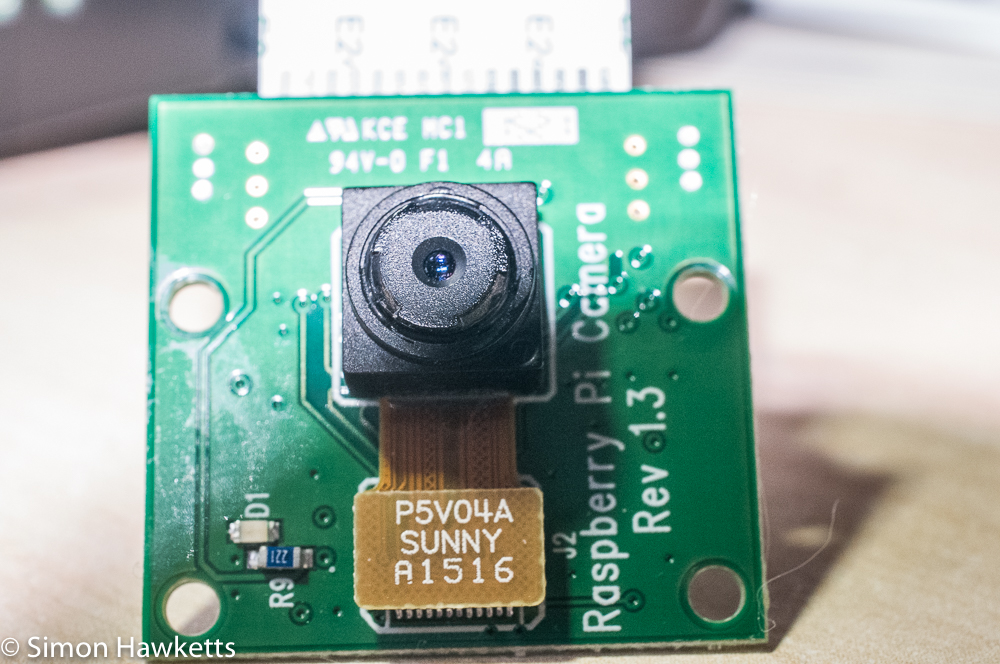
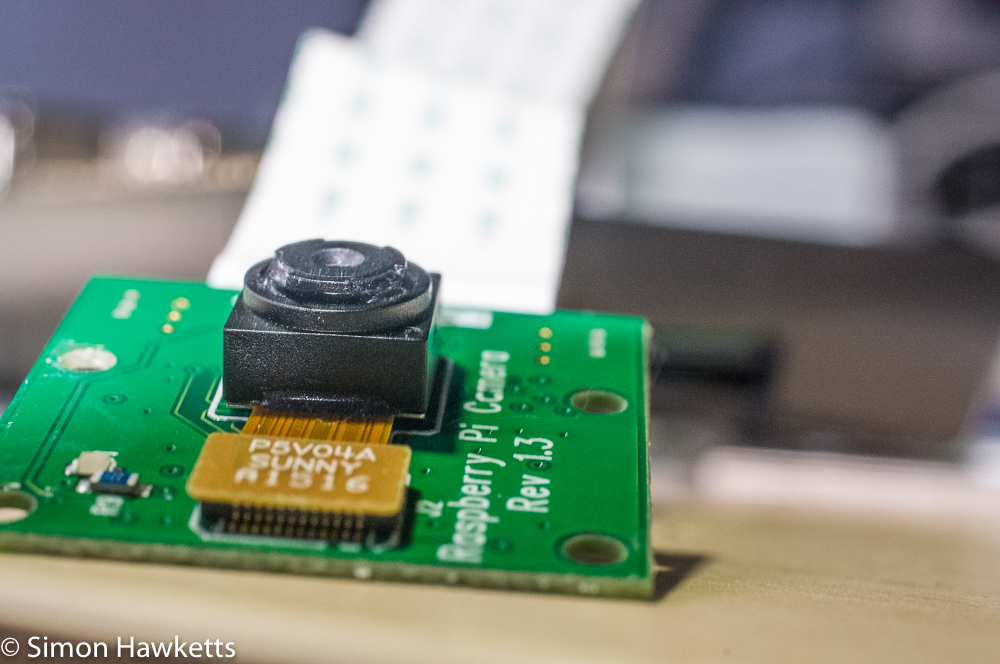
It is however a fairly non trivial event to get the projector out, set up a screen and view movies and the whole process is not viewed with affection by the rest of the family, especially since the projector makes a fair bit of noise and can’t be moved for half an hour after it has been used to prevent the lamp being damaged.
Also, once I have interesting films, I would quite like to be able to share them so others can watch them which means I really need to find a way to digitise them. Of course there are commercial services to do this which would be fine for important, personal family films, but as a collector I would need to work out a way to do this myself. I started thinking about making a telecine machine from an old projector, but that involves using powerful motors and would still make a fair amount of noise. It would also probably need more electronics than I would be confident with these days so I started thinking about another possible solution.
After a bit of thought I’ve come up with this idea.
I bought a simple 8mm cine editor for a few pounds and I’m thinking about using this as the basis for the 8mm telecine machine. The optics and shutter assembly are basically in place and I’m thinking of using a raspberry pi and camera module, along with a couple of stepper motors and some python code to stitch it all together.
The basic design of the editor is that there are two spool holders with manual wind handles on. The film is transported from one reel to the other and passes through a film gate which has a light source above it. The light is focused through the film and then a series of mirrors inside the editor body reflects the light until it is projected onto a plastic Fresnel screen for viewing. The electronics are simple – just a transformer to reduce the mains voltage to 6v which drives a 10W lamp which forms the light source.
The idea for the telecine is this:
Replace the light source with an LED source which can be controlled from the Raspberry Pi. The mirrors and plastic screen are removed, along with the transformer and the raspberry pi is mounted in the case. The camera module is mounted under the shutter in roughly the position the first mirror was fitted. The camera module is a fixed focus unit which keeps everything in focus from about 1M away, so I’ll need to find some way to alter that and focus on the film which will be only a few inches from the camera. I’ve already done some experiments with a 10x magnifying eyepiece in front of the camera module and this allows the camera to focus about 3 inches away from the camera. Another alternative, which may be easier to achieve and result in better images, is to unscrew (but not remove) the camera lens so that it focuses closer. Either way, I’m hoping that I can use the original focusing thumbwheel on the editor to set the focus.
On the front of the editor is a small rotary control which allows fine adjustment of the film position. This was originally used to position the film to a particular frame so it could be marked for cutting. The plan is that if I attach a stepper motor to the back of the gears which this control is attached to, it should be possible to position individual frames using the stepper motor under Raspberry pi control. As long as I can calibrate this for an individual frame of 8mm film (I might need individual calibration for both 8mm and Super 8 mm) I should be able to write code which moves the film to an individual frame, take a photo of the frame, move the film to the next frame, take the next photo etc.
I’ll need another motor to control the take up film reel to collect the film on. Then once the film has all been photographed the individual pictures can be assembled into a video file.
The camera module is capable of a frame rate of up to about 90 pictures per second which is way above what I will need. I’m envisaging the whole system would run at perhaps 2 to 3 frames every second which would mean a 50ft reel of film would take about 30 minutes to digitise. If I took a picture of each frame at 800 x 600 px that should make a decent quality video.
At the moment I’ve cleaned out the inside of the editor removing the transformer and mirrors and I’m experimenting with the camera and optics to make sure I can take pictures of the individual film frames. It that is successful, I can try a short piece of film manually, winding each frame by hand to check the concept and then add a motor to control the film transport. If the whole process works I will then fit a 5 inch LCD / touch screen into the editor where the original screen went which would show the individual pictures as they are taken and have buttons to control the whole process.
At the moment this is just an idea and may not work but if I have success with it I’ll add posts here to show how each stage went.
Discover more from Everything Vintage
Subscribe to get the latest posts sent to your email.

